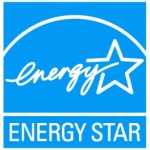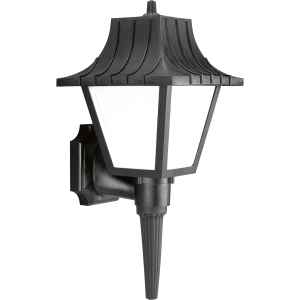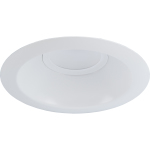Energy Efficient Lighting
By Susan Bloom

ENERGY STAR mark. Image by Environmental Protection Agency.
Did you know that there’s a government-backed symbol of energy efficiency that helps consumers to identify products that reduce energy consumption and protect the environment? The ENERGY STAR label doesn’t just recognize energy-efficient improvements to an existing home; it’s also a kind of Good Housekeeping Seal of Approval for energy-saving products.
According to the U.S. Environmental Protection Agency (EPA), the label was first introduced in 1992 “to help reduce greenhouse gas emissions and other pollutants caused by the inefficient use of energy and make it easy for consumers to identify and purchase energy-efficient products that offer savings on energy bills without sacrificing performance, features and comfort.” Products can earn the elite, bright blue ENERGY STAR label by meeting specific energy efficiency requirements, such as verified energy savings and performance.

ENERGY STAR-qualified luminaires. Photo by Progress Lighting.
In the 20 years since the ENERGY STAR label was launched, a host of products have come to bear this prestigious symbol, from appliances such as refrigerators and dishwashers and plumbing products such as water heaters to building products, computers and electronics, heating and cooling systems, and lighting and fans.
Among the broad range of energy-saving products available, energy-efficient lighting is a simple and effective way to significantly reduce energy consumption and costs in your home. According to the EPA, “if every American home replaced just one light bulb with a light bulb that’s earned the ENERGY STAR, we would save enough energy to light 3 million homes for a year, save about $600 million in annual energy costs and prevent 9 billion pounds of greenhouse gas emissions per year, equivalent to those from about 800,000 cars.”
In 2008, compact fluorescent lamps (CFLs) were added to the ENERGY STAR labeling program, followed more recently by LED luminaires (light fixtures) and replacement lamps. Both of these proven, energy-saving technologies have unique and well-defined performance criteria and efficiency targets that need to be met to earn the ENERGY STAR label. These include factors such as their efficiency, lumen maintenance, lifetime, color rendering and consistency, and start-up time.

ENERGY STAR-qualified luminaires. Photo by Progress Lighting.
Overall, ENERGY STAR lighting products use at least 75% less energy than traditional incandescent bulbs, last at least six times longer and can help consumers build a more energy-efficient future for generations to come.
The ENERGY STAR website offers a wealth of information on CFL and LED technology, as well as guidelines for determining energy-savings opportunities in your home, tips on choosing the right bulb for your application, and a list of participating retailers near you. Click here to learn more.
ENERGY STAR Lighting Products: What You Need To Know
- ENERGY STAR mark was developed by EPA to recognize energy-efficient appliances
- Program covers lighting such as CFLs and LED luminaires and replacement lamps
- Products must satisfy strict criteria indicating they work while saving energy